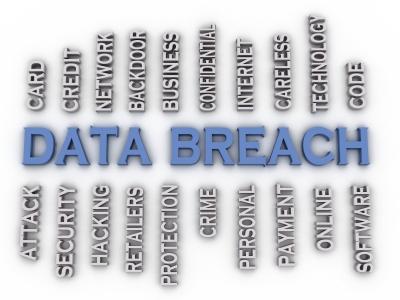Are You Rocking Donor Retention 101?

You love me. I love you. Let’s hang out and rock!
Really, donors definitely want to rock and roll with you. It brings them joy and meaning!
Yet, I’m going to go out on a limb and say it’s doubtful you’re rocking along with your donors unless you’re making robust use of your donor database for this purpose.
In other words, you must make donor engagement and retention a TOP priority.
Retention lives or dies in how effectively, or not, you use your database to support your relationship-building, loyalty-driving efforts.
If you think of your database as a largely undifferentiated mailing list, you’re not going to realize your potential to:
- Boost renewal rates
- Increase average gift size
- Upgrade donors
- Secure major and legacy gifts
- Recapture lapsed donors
- … and more!
Really, I just can’t bear to think of you not maximizing return on your investment.
And that won’t happen unless you focus on donor lifetime value.
And lifetime value will be very, very small — unless you retain and upgrade donors over time.

 This week the groundhog told us it’s going to be an early spring!
This week the groundhog told us it’s going to be an early spring!




 The recent Equifax hack has millions of people worrying about the security of their personal data. While this was a particularly egregious and dramatic attack, it’s certainly not the only one. And nonprofits are not immune. Which is why I asked an expert for advice as to what nonprofits can do to protect themselves and their donors. Ged Mackey is Chief Technology and Security Officer of MobileCause. He told me about a problem I’d never heard of called “Card Testing.” Here’s what he had to say.
The recent Equifax hack has millions of people worrying about the security of their personal data. While this was a particularly egregious and dramatic attack, it’s certainly not the only one. And nonprofits are not immune. Which is why I asked an expert for advice as to what nonprofits can do to protect themselves and their donors. Ged Mackey is Chief Technology and Security Officer of MobileCause. He told me about a problem I’d never heard of called “Card Testing.” Here’s what he had to say.